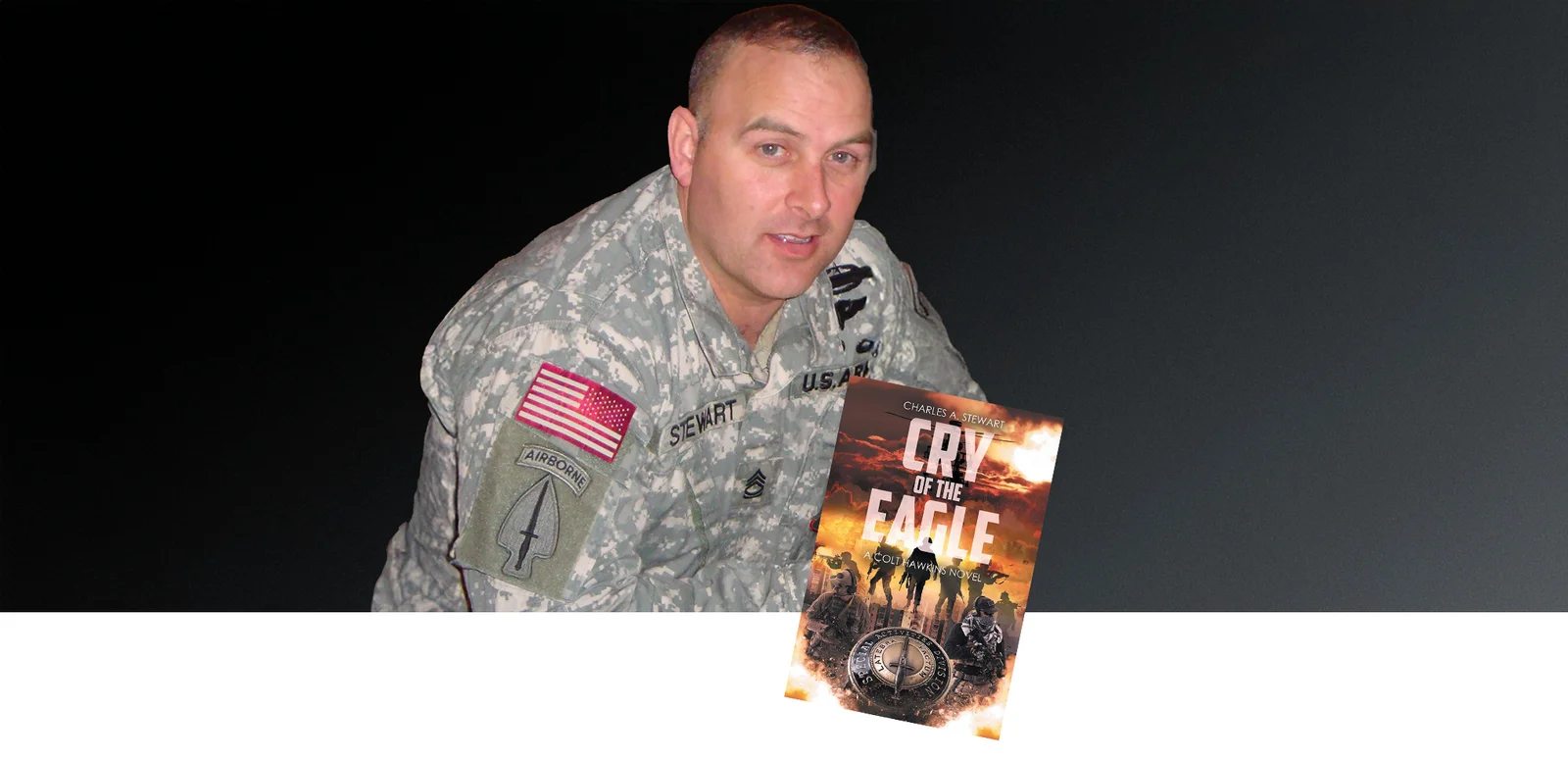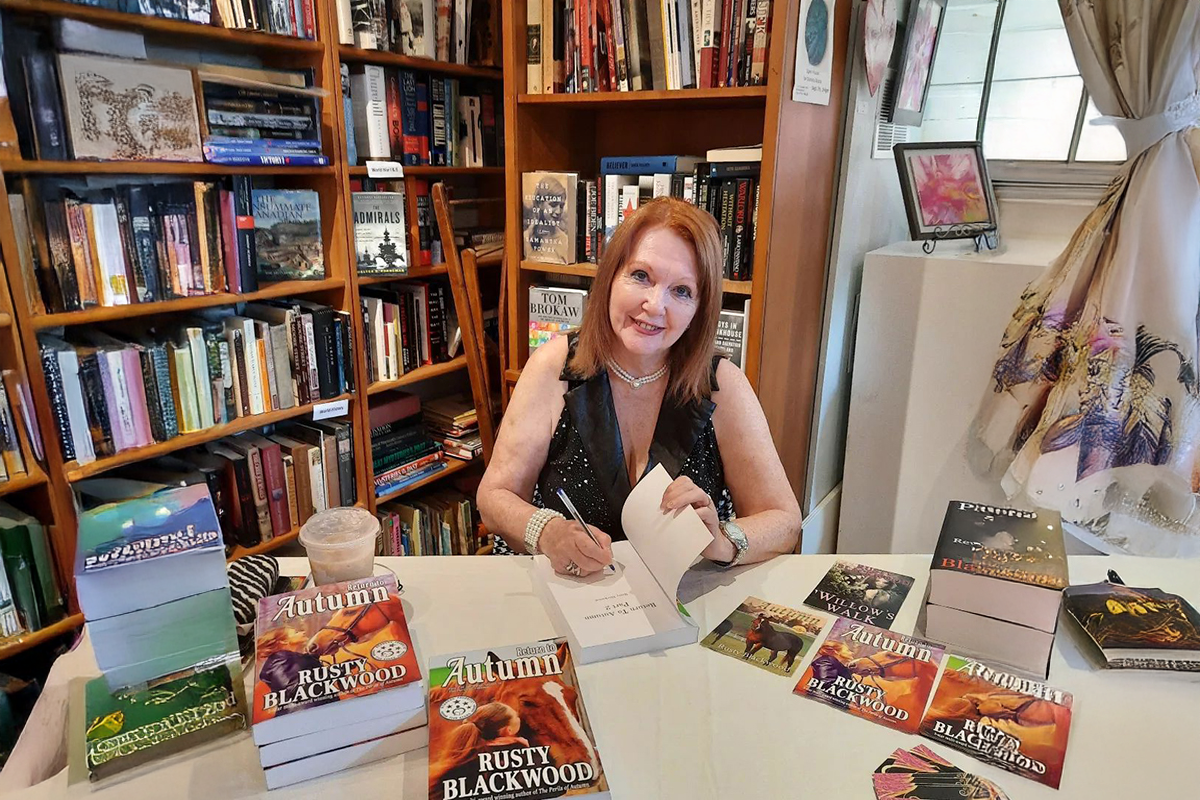Charles A. Stewart Shares His Journey From Battlefield To Bestseller

PHOTO: Charles A. Stewart, acclaimed author and veteran, transforms combat experiences into gripping narratives full of realism and humanity.
Exploring The Realism, Emotion, And Tactical Depth Behind Military Thrillers
Charles A. Stewart brings authenticity and emotional depth to military thrillers, drawing from his 26-year Special Operations career and introducing memorable characters through explosive plots and complex human dynamics.
Charles A. Stewart has taken his years of military service across battlefield deployments and Special Operations missions and channeled them into creating some of the most riveting military thrillers of the decade. As a decorated U.S. Army veteran with over 26 years of service, including seven combat deployments and three Bronze Stars, Stewart constructs stories that brim with authenticity, emotional depth, and tactical precision. His novels, Cry of the Eagle and its sequel Sky Thunder, offer more than action-packed plots—they’re windows into the human experience within the world of war and espionage.
Stewart’s military thrillers merge gripping realism with heartfelt emotion, making him a standout in action-packed fiction.
Stewart’s writing is informed by his firsthand experiences, crafting narratives that carefully balance realism and emotional resonance. His protagonist, Colt Hawkins, embodies the complexity of someone caught between operations that span global ideologies and personal struggles. Hawkins is not just a soldier but a man navigating love, loyalty, and life-changing decisions. In Sky Thunder, this character evolves further, driven by his relationship with Dr. Liberty Starr, a NASA scientist. Their bond adds layers to the storyline, intertwining geopolitics, NASA’s cutting-edge space technologies, and the concealed threats they face together.
When asked how his extensive military background shapes his stories, Stewart acknowledged the importance of using accurate tactical details and emotionally authentic character arcs. Rather than relying on standard tropes of the genre, Stewart’s novels delve deep into the psychological impacts of combat and the nuances of relationships forged under extreme circumstances. These elements have allowed his stories to stand out, resonating strongly with readers who seek realism and depth in military fiction.
Stewart’s creation of Task Force 24—the CIA’s Special Activities Division group central to his books—reflects the dynamics he experienced while working in real-world units. Through dialogue and lighthearted moments sprinkled amidst intense operations, readers gain insight into the camaraderie and stress-relieving tactics specific to these high-pressure environments.
Although packed with action and geopolitical intrigue, readers often note how Stewart seamlessly integrates emotional arcs and romance into the fast-paced military thrillers. This delicate balancing act, according to Stewart, is no accident. He credits W.E.B. Griffin as one of his literary inspirations, along with the feedback from a team of female beta readers, which ensures the emotional beats blend well with the story’s pace.
Another standout element is how Stewart humanizes his villains. From Russian mercenaries to Iranian-trained terrorists, each antagonist is imbued with complex motivations and backgrounds. Stewart notes that understanding—and even “loving”—the villain’s perspective is integral to crafting well-rounded stories that resonate with readers. He draws heavily from real-world geopolitical dynamics to add layers of sophistication to the antagonists in his series, such as Wahid and Vlad in Cry of the Eagle.
Fan feedback has significantly influenced the evolution of Stewart’s writing. For instance, he has added stronger female characters in recent works, and his efforts to connect with readers now include planned expansions like the “Team Room” feature on his website. This portal will offer fans in-depth access to Task Force 24 character bios and allow them to voice their opinions directly to Stewart.
For aspiring authors keen on writing military thrillers, Stewart offers advice rooted in his experience. Authenticity matters, but so does accessibility for readers. He emphasizes the importance of pacing and gradual information build-up, steering away from overly technical language that risks alienating readers.
With Book III, Rogue Vengeance, set to continue the saga, Stewart is solidifying his position as a master storyteller in the military thriller genre. His work speaks not only to the action and adrenaline of covert operations but to the human heart, bringing nuance and authenticity to every page.
Source: Reader’s House Magazine














